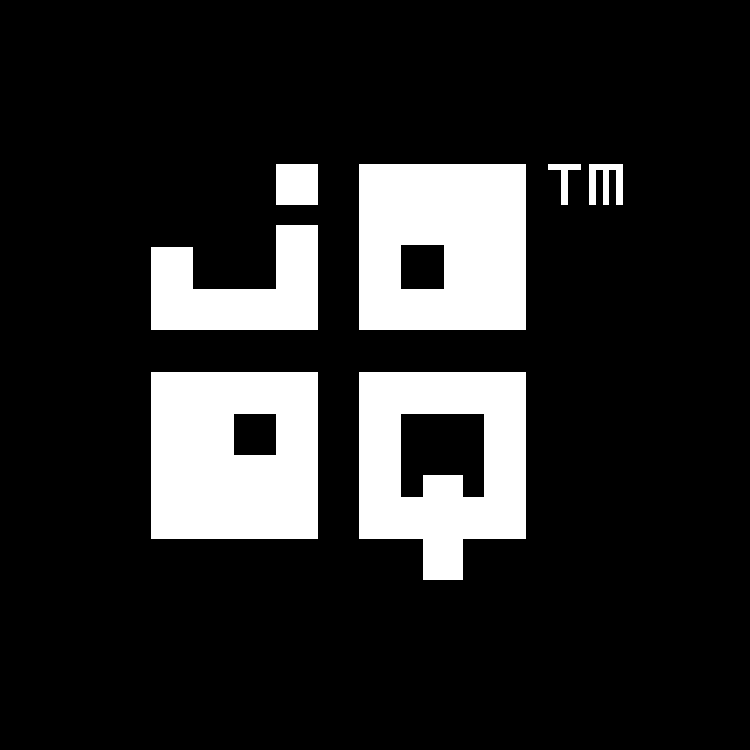Available in versions: Dev (3.21) | Latest (3.20) | 3.19 | 3.18 | 3.17 | 3.16 | 3.15 | 3.14 | 3.13 | 3.12 | 3.11
Too Many Columns
Applies to ✅ Open Source Edition ✅ Express Edition ✅ Professional Edition ✅ Enterprise Edition
The SPI method handling this event is tooManyColumnsFetched()
A common problem with SQL is the high probability of having too many columns in the projection. This may be due to reckless usage of SELECT * or some refactoring which removes the need to select some of the projected columns, but the query was not adapted.
If the columns are consumed by some client (e.g. an ORM), then the jOOQ diagnostics have no way of knowing whether they were actually needed or not. But if they are never consumed from the JDBC java.sql.ResultSet, then we can say with certainty that too many columns have been projected.
Why is it bad?
The drawbacks of projecting too many columns are manifold:
- Too much data is loaded, cached, transferred between server and client. The overall resource consumption of a system is too high if too many columns are projected. This can cause orders of magnitude of overhead in extreme cases!
- Locking could occur in cases where it otherwise wouldn't happen, because two conflicting queries actually don't really need to touch the same columns.
- The probability of using "covering indexes" (or "index only scans") on some tables decreases because of the unnecessary projection. This can have drastic effects!
- The probability of applying JOIN elimination decreases, because of the unnecessary projection. This is particularly true if you're querying views.
An example is given here:
// A custom DiagnosticsListener SPI implementation
class TooManyColumns extends DefaultDiagnosticsListener {
@Override
public void tooManyColumnsFetched(DiagnosticsContext ctx) {
System.out.println("Consumed columns: " + ctx.resultSetConsumedColumnCount());
System.out.println("Fetched columns: " + ctx.resultSetFetchedColumnCount());
}
}
And then:
// Configuration is configured with the target DataSource, SQLDialect, etc. for instance Oracle.
try (Connection c = DSL.using(configuration.derive(new TooManyColumns()))
.diagnosticsConnection();
Statement s = c.createStatement()) {
try (ResultSet rs = s.executeQuery("SELECT id, title FROM book")) {
// On none of the rows, we retrieve the TITLE column, so selecting it would not have been necessary.
while (rs.next())
System.out.println("ID: " + rs.getInt(1));
}
}

Feedback
Do you have any feedback about this page? We'd love to hear it!